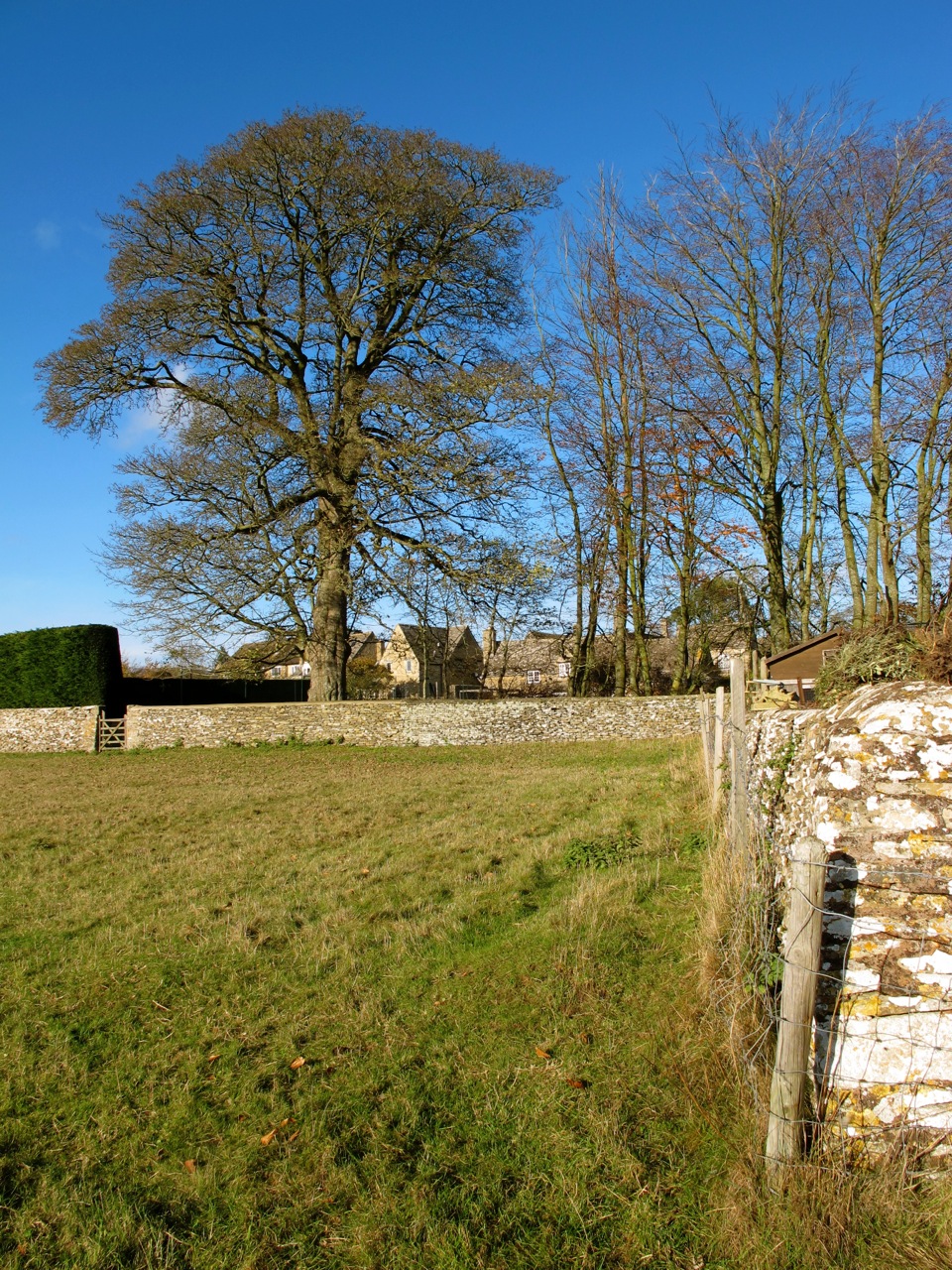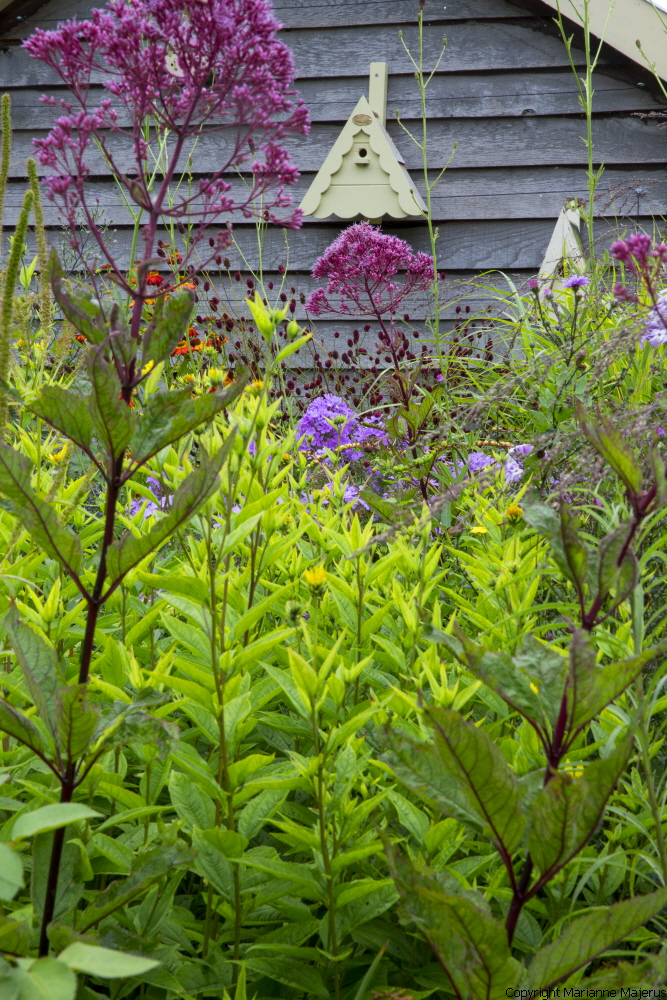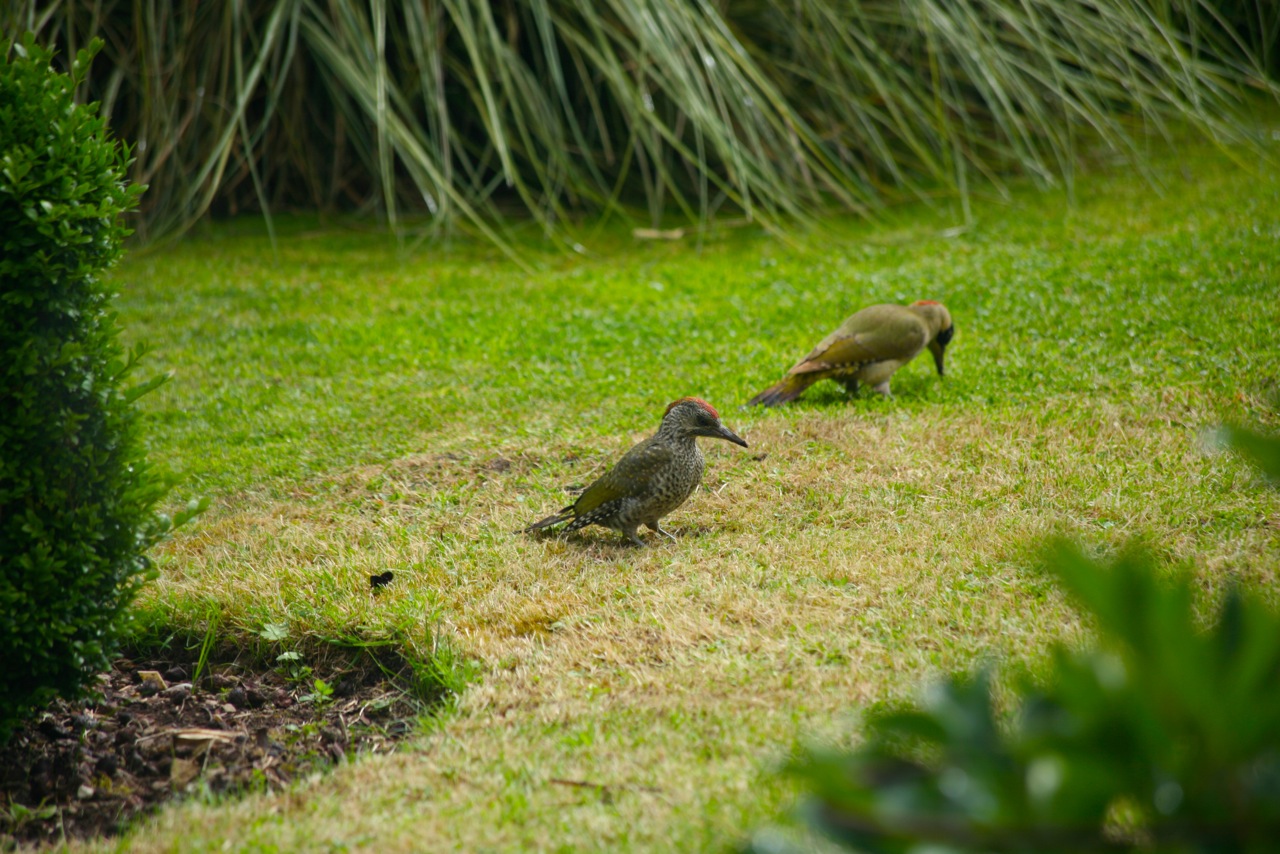
There are people who think that writers have an exciting life, full of jollies, junkets and japes. Nothing could be further from the truth. You see we writers write just to escape all that unnecessary razzmatazz. It’s so much easier living life on a written page, than doing it for real, so we hide away behind the print.
It’s particularly easy for me to disappear under life’s radar, for I live down a no-through lane in a one-street village in what is known as the empty quarter of The Cotswolds. I live west of the Fosse Way, the old Roman Road that runs between Exeter and Lincoln. This road was said to divide British natives into two halves. Those to the east were civilised: those to the west were savages. I’m delighted to say I’m on the wild side, in the wonderfully named village of Cold Aston. Just for info, the word Fosse comes from the Latin fossa meaning ditch and it never varies more than six miles from the straight apparently, all along its length.
I’m about fifteen miles north of Cirencester, where the Fosse Way meets Ermine Street and Akeman Street. The Roman villa at Yanworth is a few miles way and I have a Roman lavabo built into the cottage’s stone wall. Nothing much happens here. Guy the postman pops up the drive most days, around noon, and that’s about it for human contact. However I’m not bored. I’m entertained by my garden birds who empty one feeder of peanuts and another of sunflowers on a daily basis. They zip about during the day and then have a frantic feast as the light begins to fade.
My avian friends have their own flight patterns and profiles and a second’s glance tells me all I need to know. The darting coal tits, with their white mohican stripes, zip in and out on a straight axis like skewers through a doughnut. The goldfinches arrive mob-handed and flitter and then squat, or should that be pose, occasionally splitting a sunflower seed. On a bright day their red heads and yellow wing tips give them a jewel-like quality, so it’s no wonder these slender birds were caged in Victorian times. They aren’t a peaceful lot though. Our mob of five, or charm to use the correct collective name, squabble horribly.
We’ve had a pair of nuthatches for the first time, although at the top end of the village, close to the church and its old rectory, they see them all the time. Nuthatches even nest up there, because they love mature trees. The BTO, which has an excellent website (www.bto.org) says that nuthatches are most common in November because they store their food in readiness for winter proper. However I seem to be seeing them regularly now and the BTO tells me that they are sedentary birds, rarely moving far from where they fledged.
Sedentary doesn’t do justice to the nuthatch’s flight though. They swoop in like superman and superwoman, for we have a pair. The males have reddish brown markings down their flanks although I haven’t distinguished the difference so far. They select their meal of choice. If it’s a peanut, they remove one quickly and often drop one or two which pleases the pigeon pair on the ground. If it’s a sunflower seed they may linger a little longer. When it’s time to go, they angle their wings and take off like Spitfires on maneouvres, arching and circling like planes in a dog fight.

Their upside-down habit and dagger-like bill is very useful when they’re looking for insects on tree trunks in summer. Their distinguishing feature though is a dramatic black eye stripe is worthy of Cleopatra or perhaps Claudia Winkleman. The combination of steel-grey and soft peach-pink is also unique.
The collective noun, a booby of nuthatches, doesn’t seem appropriate, but they are noisy and bossy in the garden because they are very territorial birds. It’s said the females won’t approach the feeder until their male partners have gone, although we have seen both feeding at once. They’re monogamous and they like mud for nest building. Our cottage has a spring, so there’s no shortage of opportunity for making mud pies here.
Nuthatches are almost certainly coming into the garden because our cottage is bordered by mature beech trees and they like hazel and beech. Their name comes from the Middle English word ‘nuthak’, because they split hazel nuts with their beak. They use their beaks to lever up bits of bark on rotting wood, to get at the insects and we do have rotting wood. They’ll also find lots of insects in the trees too.
We have four types of tits too. The most adept as winkling out a peanut at speed is the Great Tit, a large bird with a black central strip dividing a yellow-green breast. They’re primarily insectivorous in the summer but take large numbers of seeds throughout autumn and winter. The seeds of beech being a favourite. Great tits often use our nest boxes to raise their young and they begin to examine the boxes early in the year.
The blue tits share the same blue and yellow colouring, but is smaller and much more agile. Several seem to be visiting the garden at the moment. When they nest bird food won’t do. They will need to find 10000 small invertebrates to raise their brood of chicks in the three weeks it takes them to fledge. This won’t be a problem here, because we’re organic so there are always plenty of insects on hand. They’ll clean up the roses, when aphids arrive, and they’ll pick off small grubs from the fruit trees.
The most acrobatic of all are the long-tailed tits, like cotton wool balls on painted lolly sticks. They arrive in odd numbers, often five at a time. They’re gregarious and their collective noun, a banditry of titmice, is very apt. They breed earlier in the year than other tits, and build elaborate domed nests from late February onwards. They weave moss, spider webs and hair, and they camouflage the outside with lichens and then line them with an average of 1,500 feathers. The wren is equally industrious when it comes to building nests and we have many here, enough to make a ‘chime’, and they chirrup sending a warning call through the garden. Wrens do not visit the bird table: they’re busy frisking the plants still left standing in the autumn borders.

It’s taken several years for our garden to become mature but the small apple trees planted ten years ago are finally getting large enough for jackdaws to lie in wait. They raid the peanuts and one has learnt to pull them out and toss them down to the others waiting on the ground. I applaud their cooperation, but if I see them at it I have a wooden spoon handy to tap the windows. There’s no collective noun known to me, but I think it should be a raid of jackdaws.
We know the garden’s getting mature because our ‘Blenheim Orange’ apple tree, planted some nine years ago, had a Spotted Woodpecker bobbing up the trunk the other day. It’s a descent of woodpeckers and the black, red and white ones look glorious in winter light. In summer the best sight of all is the green woodpecker coming to explore the lawn on a damp day. We have old anthills in our wilder bits. Gardens are so much more than collections of plants, they’re living landscapes. So a winter’s day is never dull here!











